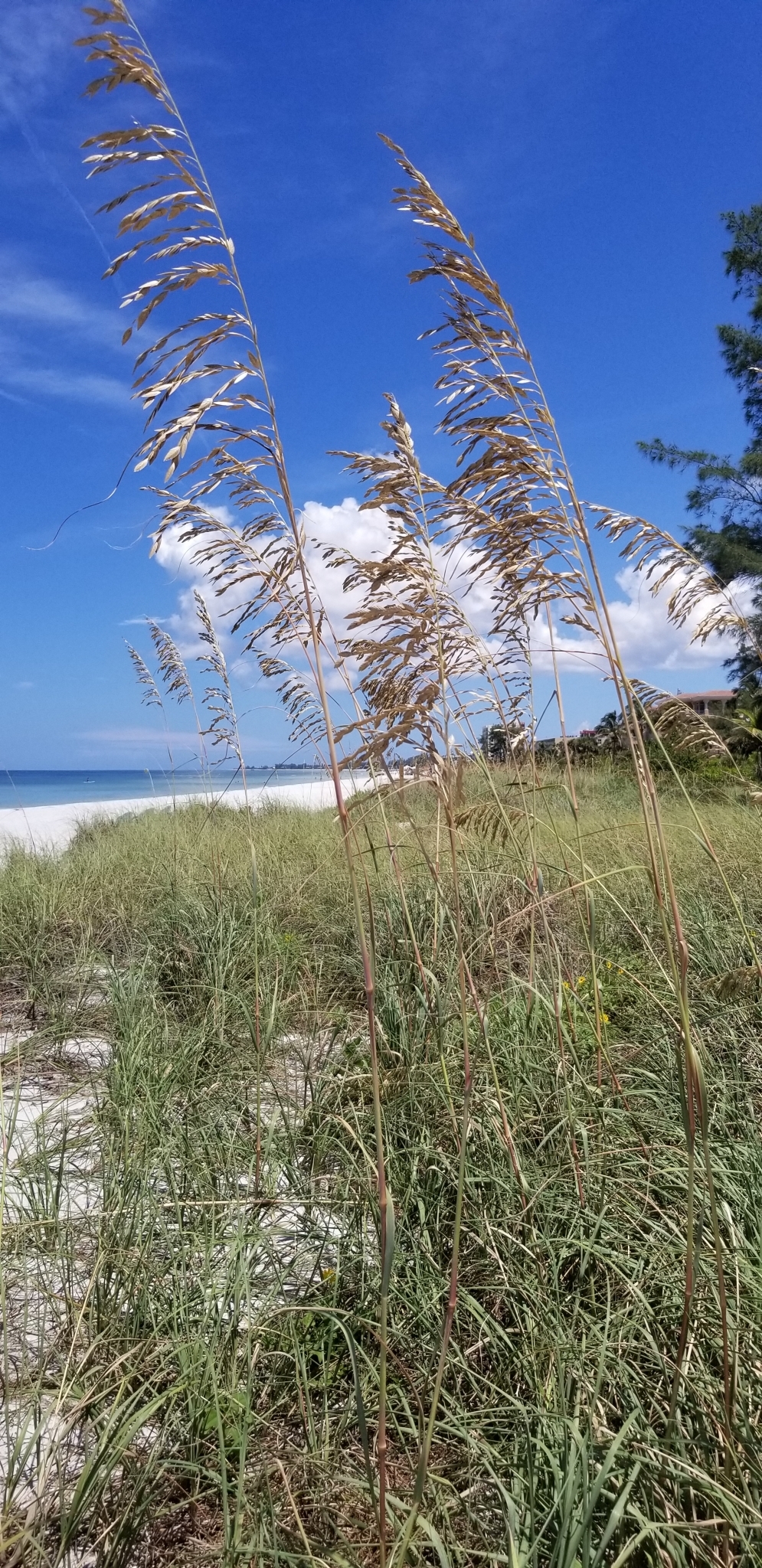At first sight grasses (family Poaceae) may seem deceptively simple however armed with a basic vocabulary of anatomy, one can draw complex differences. Using a morphological key and observing growth habits and location, species identification is possible.
Grasses can be bunchy or sprawling and vary in texture. They have a jointed stem called a culm that is hallow except at the nodes, narrow bladelike leaves that grow at the base of the plant, a spikelet, and extensively branching fibrous roots. These plants have leaf venation that run parallel to the leaf edge and the shape and size of the leaf will vary with species, but many tend to be elongate and narrow. Grasses rely on wind to disperse their pollen. They belong to a group of plants call Monocotyledonae, which are broadly identified as plants with parallel leaf venation, flower parts in 3s, and only one seed leaf in the embryo (versus 2 in the Dicotyledonae).
Here is a diagram and a list of terms to consider when identifying grasses:

Photo credit: Poaceae glossary (Hickman, C. ‘The Jepson Manual Higher Plants of California drawing by Linda Ann Vorobic et al. 1993)

Photo credit: Sea Oats observed on iNaturalist by “sarasota_manatee_ecoflora_sean”
Achene: A dry single-seeded fruit.
Awn: A bristle-like appendage on a floret or seed, often the extension of veins in glumes or lemmas.
Anther: The male floral part in which pollen is produced.
Blade: The broad, flattened portion of the leaf.
Bract: A modified leaf at the base of the ovary. It is also called a scale.
Bristles: Reduced or modified leaves with numerous hairs, usually in association with the ovary.
Callus: A thickened raised area of hardened tissue.
Collar: The outside area of a grass leaf where the blade and sheath join.
Crown: The basal portion of the plant just above ground level.
Culm: A hollow or pithy stalk or stem.
Filament: The stalk of the male portion of a flower to which the anther is attached.
First glume: The lower of the two glumes and just below the first floret. It is usually the smaller of the two glumes, or it may be entirely absent.
Floret: A unit within a grass spikelet usually comprised of a lemma, palea, two to three lodicules and the grass reproductive parts.
Glumes: The lower one or two sterile bracts at the base of a spikelet.
Inflorescence: A cluster of flowers.
Internode: The portion of the culm between two nodes.
Lemma: The lower of the two bracts enclosing a flower (floret) above the glumes. It is the most modified of the bracts and the last to disappear.
Ligule: A membranous structure on the upper leaf surface adjacent to the sheath.
Lodicules: Modified (reduced) perianth parts.
Nerve: The vein of a glume.
Node: The joint of a grass stem (culm) where the leaves and branches originate.
Ovary: Part of the flower that encloses the ovule which then develops into the seeds.
Palea: The inner of the two bracts, enclosed by the edges of the lemma.
Pedicel: The stalk of a single flower.
Pistil: The female floral part.
Rachilla: The secondary axis of a compound inflorescence.
Scale: Leaflike structure found at the base or outside of the flower. It is also called a bract.
Second glume: The glume opposite to the first, usually larger glume. When the first is lacking, the second glume is on the opposite side of the first floret.
Sheath: The lower part of a grass leaf that encloses the stem.
Shoot: The above-ground portion of a plant.
Spikelet: An inflorescence with one or two glumes at the base and containing one or more florets.
Stamen: The male part of a flower.
Stigma: The distal end of the style, which is receptive to pollen.
Style: Pollen tube connecting the stigma to the ovary.
Stolon: A horizontal above-ground stem that roots along its nodes. It is also called a runner.
Rhizome: A horizontal underground stem.
If you are interested to join email ecoflora@selby.org
See you then!
